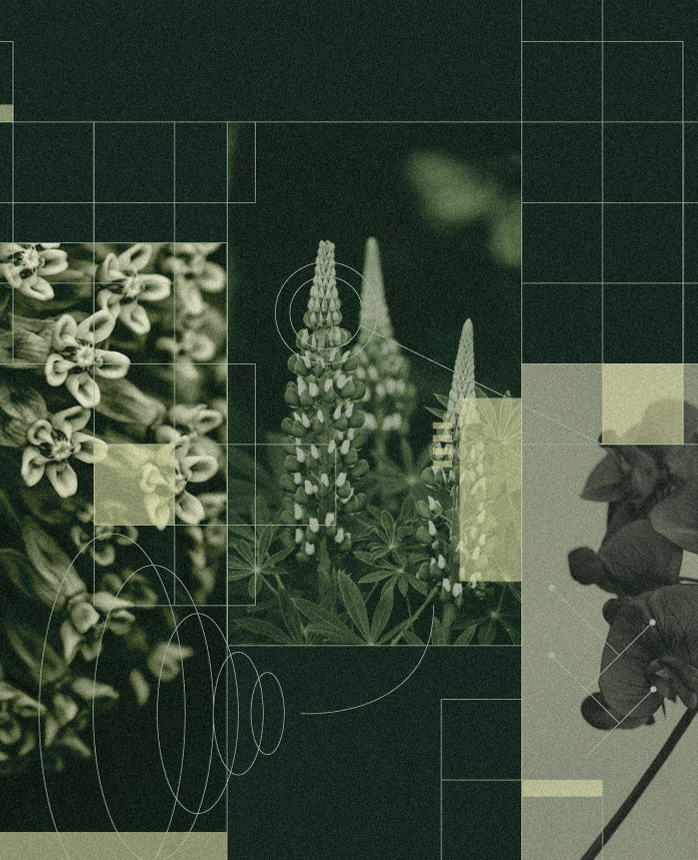Program Overview
The world of design offers ample inspiration for problem-solving that we can apply no matter our field or role. Over centuries, designers have found revolutionary solutions to massive problems and changed the way we live our lives each day. In recent years, the ways they work have been loosely codified into what’s now called “design thinking.”
Design thinking is meant to unlock creative thinking and allow us to tap into ideas or solutions we might not otherwise access. While the framework can sometimes appear prescriptive and orderly, its mindsets, techniques, and tools, extracted from the narrower frame of design, can help anyone in any industry solve problems in revolutionary ways.
The Design Thinking Workshop draws on design thinking principles to create a practical, immediately applicable framework for solving complex problems. Because it’s a workshop, you’ll get your hands dirty right away, identifying a real-world problem at the start. You’ll then work in collaboration with other learners in the Workshop to find a solution and participate in their problem solving processes. Through this practical, hands-on approach, you’ll develop a core set of design thinking abilities that will change how you address complex problems in the future.
